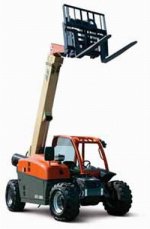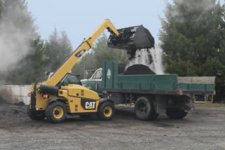LMAO!!
Wow is this timely. I just passed off responsibility to another engineer where I work for improving sound on the machine we're designing. (See pics below)
I learned A LOT about sound insulation. More than I'd ever care to know, if I wasn't being paid for it.
If you're serious about deadening the sound in the engine compartment use an insualtion with a decent barrier and at least 1/2"-7/8" of absorbing material. We used the PSA backed stuff but it just peels off beacuse of the curves and the material (ABS, slicker 'n snot). Ours came from Italy (Sonflex) but there are many domestic sources as mentioned above.
We ended up using mechanical fasteners in the engine compartment to hold the stuff in (see
http://www.apidistribution.com/products/accessories/insulation_hangers.phpp://). If a piece falls onto your engine there is a chance things could get dicey. Most of the stuff out there is highly flame/heat resistant but it's still not a good thing. In addition to acting as a sound barrier it makes a fairly decent thermal insulator which is really, really bad for engines!
Mentioned above someone also said to be careful of impeding air flow. Thats very, very true also and another reason to go with mechanical fasteners in the engine compartment. If the PSA fails and a piece ends up partially or completely restricting air intake (engine compartment, not the engine itself) or the exhaust (again, the compartment not the engine itself) you will likely push the cooling system to the brink. A lot of this depends on location of the cooling package and where the insulation would be installed. You want to risk a $3K engine though? I don't!
Meeting the CE requirements for sound is tricky. It's a lot harder than you think. Everything is a trade off. More sound insulation means more heat retained in the compartment which in turn means more openings to let more air flow in, which means more unprotected space for noise to escape. A big 'ol catch 22.
Anyway, it can be done (I'm getting ready to do it to my CK30), just be careful and think about everything you're affecting when you add something to the machine. If you know anyone who works in Reliability Engineering for an OEM ask them about getting approvals signed off from suppliers. It's a pain and they have very stringent tests you MUST pass before they'll approve your application of their widget. Without it an OEM would be responsible for all the warranty coverage for failed components.
Good luck and keep us posted on how you make out.

